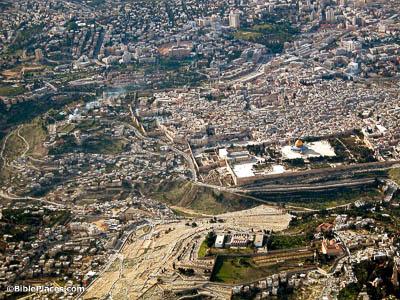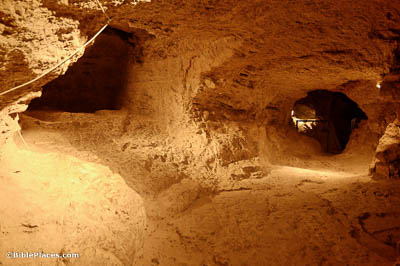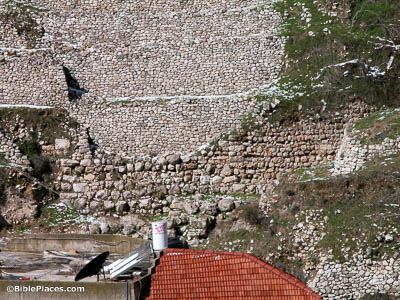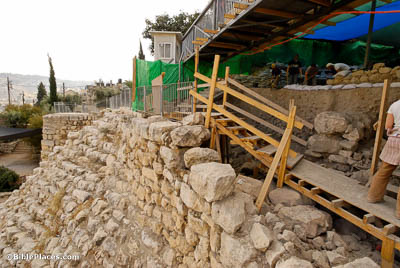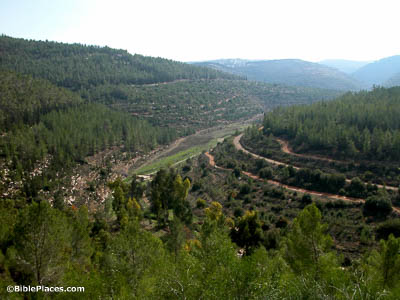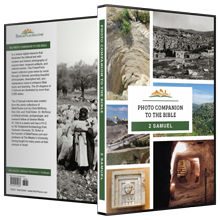The king and his men went up to Jerusalem against the Jebusites, the inhabitants of the land (2 Samuel 5:6).
Jebus was an alternative name for Jerusalem (Josh 18:28). Although the city had been defeated in the initial conquest of the land under Joshua (Josh 12:10), it apparently was not occupied by Israelites, but remained in the hands of native Canaanites (cf. Judg 1:21; 19:10-12). Jerusalem in David’s day was not large; it is estimated to have been about 10 acres (4 ha) in extent. In later years the city would expand to the north (in the time of Solomon) and to the west (in the time of Hezekiah).
